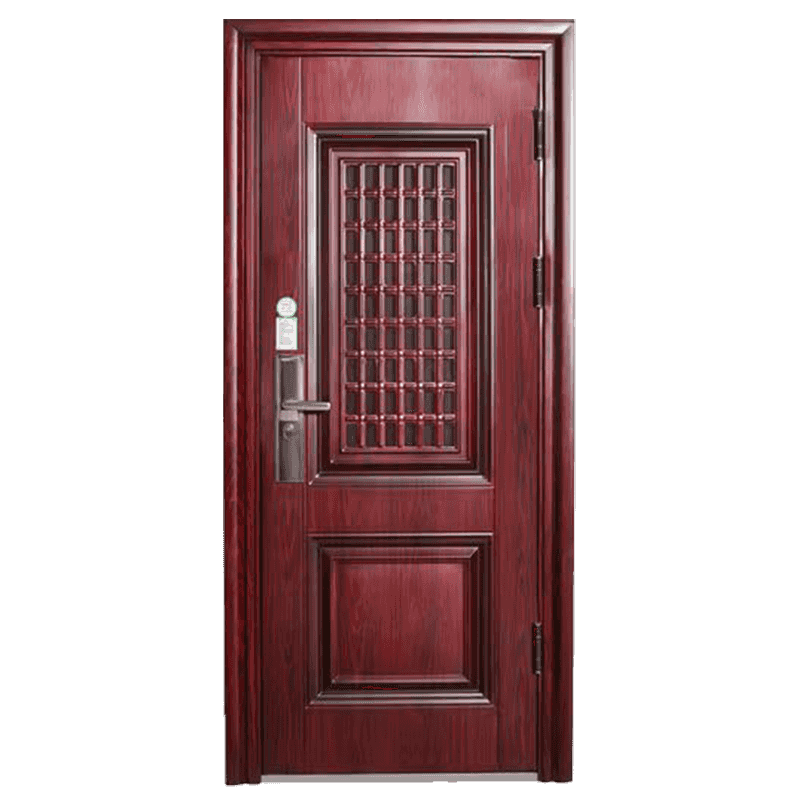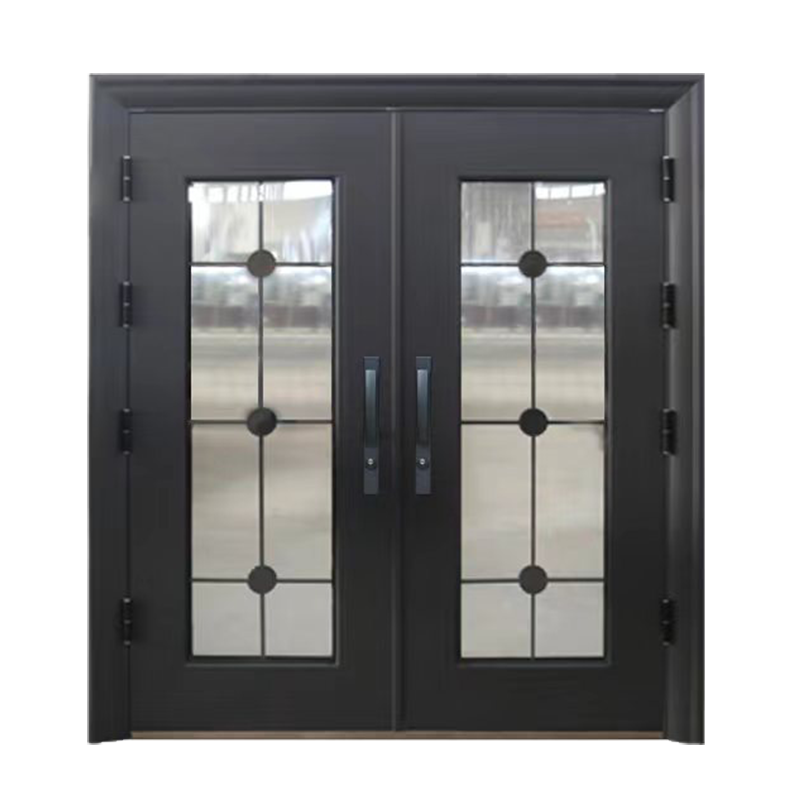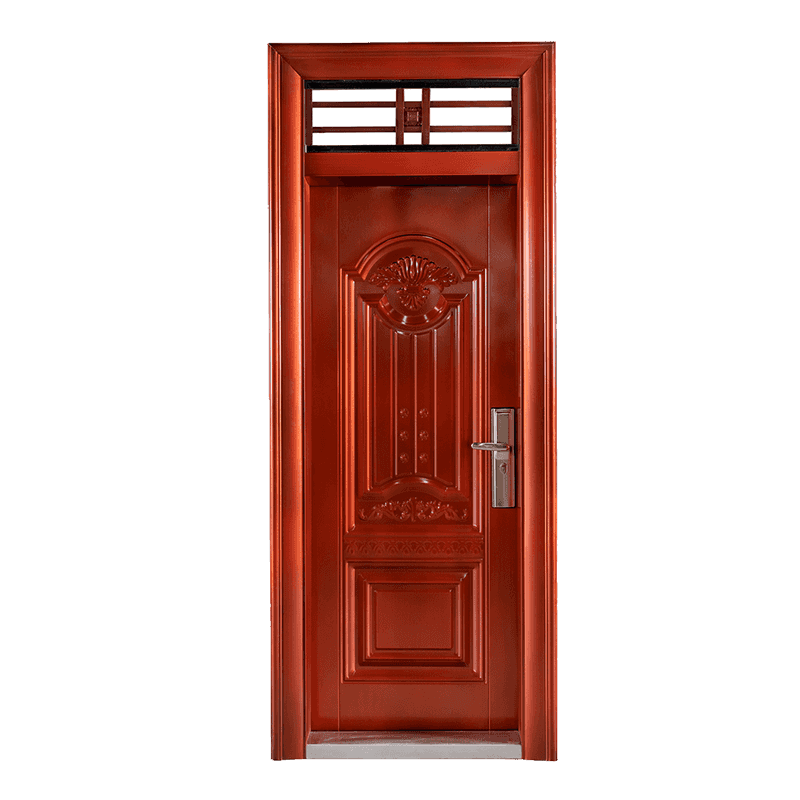Analysis Thermal Insulation Performance of Entrance Fire Doors
Aug 26, 2024
Sale Design High Quality Entrance Fire Door Company in China
The Entrance Fire Door is a critical element in the fire safety strategy of any building. They are designed to provide a physical barrier that can withstand high temperatures and prevent the spread of fire, smoke, and toxic gases. The thermal insulation performance of Entrance Fire Doors is a key factor in determining their effectiveness in containing fires and ensuring the safety of building occupants. This article explores the various aspects of Entrance Fire Door thermal insulation, including the materials used, construction techniques, and testing methods that contribute to their performance.
The primary purpose of an Entrance Fire Door is to provide a fire-resistant barrier that can withstand the intense heat of a fire for a specified period. This is achieved through the use of materials with high thermal resistance, such as steel, stainless steel, or fire-rated glass. These materials are chosen for their ability to maintain structural integrity and prevent the transfer of heat across the door, thereby delaying the spread of fire.
The construction of Entrance Fire Doors also plays a significant role in their thermal insulation performance. Doors are typically constructed with multiple layers of fire-resistant materials, including intumescent seals and fire-resistant cores. Intumescent seals expand when exposed to heat, creating a barrier that further insulates the door and prevents the passage of smoke and flames. Fire-resistant cores, such as mineral wool or gypsum, provide additional insulation and structural support.
Another important aspect of Entrance Fire Door thermal insulation is the door's design and installation. Doors must be properly fitted to ensure a tight seal when closed, preventing the ingress of heat and smoke. This is achieved through the use of fire-resistant gaskets and seals, which are designed to withstand high temperatures without losing their sealing properties. Additionally, the door's frame and hardware must also be fire-rated to maintain the door's overall thermal insulation performance.
Testing is a crucial part of ensuring the thermal insulation performance of Entrance Fire Doors. Doors are subjected to rigorous testing procedures that simulate real-world fire conditions. These tests evaluate the door's ability to withstand high temperatures, maintain structural integrity, and prevent the spread of fire and smoke. Standards such as ASTM E152, EN 1634-1, and UL 10B provide guidelines for the testing and classification of fire doors based on their fire resistance rating.
Regular maintenance and inspection are also essential for maintaining the thermal insulation performance of Entrance Fire Doors. Over time, doors can become damaged or worn, reducing their effectiveness as a fire barrier. Regular inspections can identify any issues and ensure that the door remains in good condition. Maintenance may include cleaning, lubricating hinges and locks, and replacing worn or damaged components.
In conclusion, the thermal insulation performance of Entrance Fire Doors is a complex and multifaceted issue that involves the careful selection of materials, construction techniques, design, installation, testing, and maintenance. By understanding these factors and implementing practices, building owners and managers can ensure that their Entrance Fire Doors provide the necessary protection in the event of a fire, helping to save lives and property.

 English
English 中文简体
中文简体 Français
Français Español
Español عربى
عربى





